Flexor Withdrawal Reflex Baby
Flexor withdrawal reflex baby. Crossed extension reflex- positive. The Extensor Thrust reflex is. In the spinal or decerebrate animal almost any type of cutaneous sensory stimulus from a limb is likely to cause the flexor muscles of the limb to contract thereby withdrawing the limb from the stimulating object.
-response or persistent response after 1-2 months of age. -accompanied by extension and abduction of toes. The threshold of the flexion withdrawal reflex increases during infancy probably reflecting neuronal maturation processes in the first year of life.
Flexor reflex - definition of flexor reflex by Medical dictionary a spinal reflex in which a painful pressure stimulus applied to a toe coronary band or heel bulb results in a flexion or withdrawal of the leg. Flexorwithdrawal reflex The flexor reflex is a polysynaptic spinal reflex that might be connected with spinal locomotor centers Bussel et al 1988. The flexion withdrawal reflex reveals an increasing threshold during the first year of life and is influenced by the infants state of consciousness.
Spinal reflexes Flexor withdrawal reflex Extensor trust Cross extensor Palmar grasp Plantar reflex Sucking reflex Rooting reflex Primitive walking 19. Also called a flexion reflex it is a three-stage process that involves nerves sending a message to the spinal cord to tell the muscles in that part of the body to flex and pull away from the source of the pain. Somatic Reflex Examples A touch on the roof of the mouth by the sucking tongue causes swallowing to occur allowing baby to.
The withdrawal reflex nociceptive or flexor withdrawal reflex is a spinal reflex intended to protect the body from damaging stimuli. -place in supine with head in midline. Even though the infant cannot stand or walk the Flexor withdrawal reflex is building flexor muscles in the hip and knee.
Collateral branches of the Ia afferent fibres synapse on. This occurs through the process of RECIPROCAL INHIBITION. -unfixed leg will flex adduct extend.
It is a polysynaptic reflex causing stimulation of sensory association and motor neurons. The triple flexion response is very stereotyped whereas.
-unfixed leg will flex adduct extend.
Baby withdrawal reflex - YouTube. A Reflex is a stereotyped response to a sensory stimulus. The withdrawal reflex nociceptive flexion reflex or flexor withdrawal reflex is a spinal reflex intended to protect the body from damaging stimuli. It is polysynaptic and causes the stimulation of sensory association and motor neurons. The threshold of the flexion withdrawal reflex increases during infancy probably reflecting neuronal maturation processes in the first year of life. This blog will focus on the motor challenges faced by children in the early childhood to school age years with minimal to moderate motor delays that continue to be influenced by what have been described as Primitive Motor Reflexes. This reflex usually diminishes by age 3 to 4 months and disappears before age 6 months. In this article we will discuss the basic anatomy the neural pathways and also the clinical relevance of this reflex. Primitive Motor Reflexes Their Impact on a Childs Function 01112016.
Even though the infant cannot stand or walk the Flexor withdrawal reflex is building flexor muscles in the hip and knee. The withdrawal reflex is a spinal reflex intended to protect the body from damaging stimuli. This occurs through the process of RECIPROCAL INHIBITION. Flexor reflex - definition of flexor reflex by Medical dictionary a spinal reflex in which a painful pressure stimulus applied to a toe coronary band or heel bulb results in a flexion or withdrawal of the leg. Flexor withdrawal is a defensive flight reflex. Spinal reflexes Flexor withdrawal reflex Extensor trust Cross extensor Palmar grasp Plantar reflex Sucking reflex Rooting reflex Primitive walking 19. The flexion withdrawal reflex increases in premature infants at 22-26 weeks of gestation due to changes in spinal cord excitability.









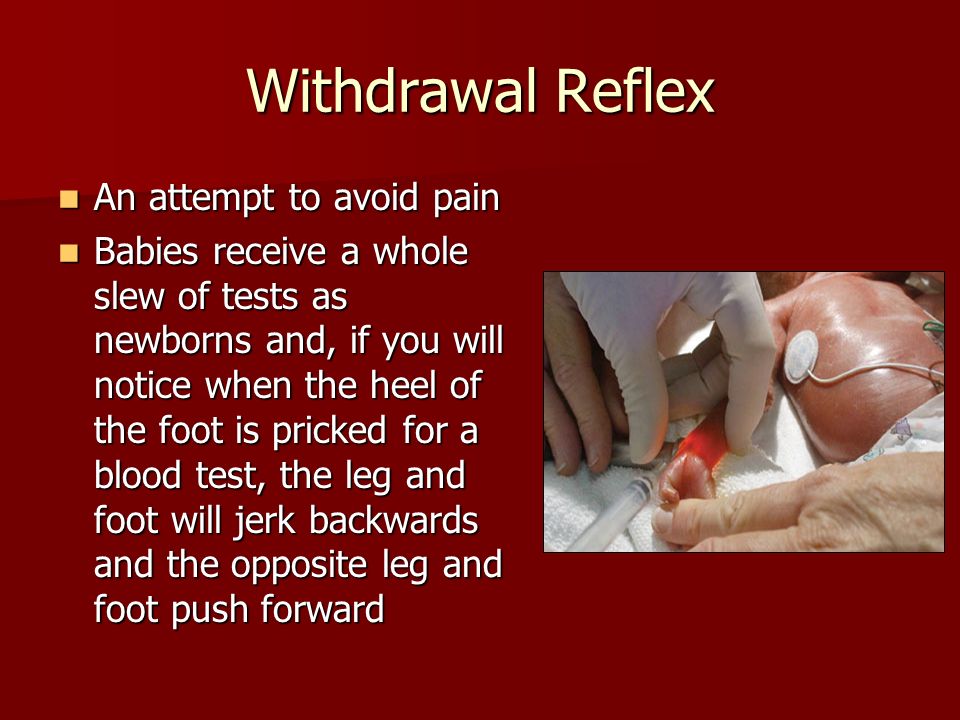



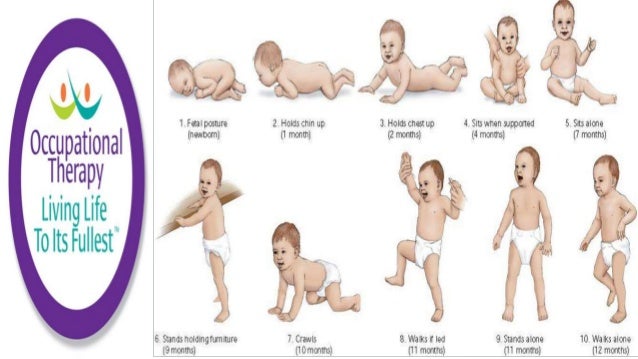

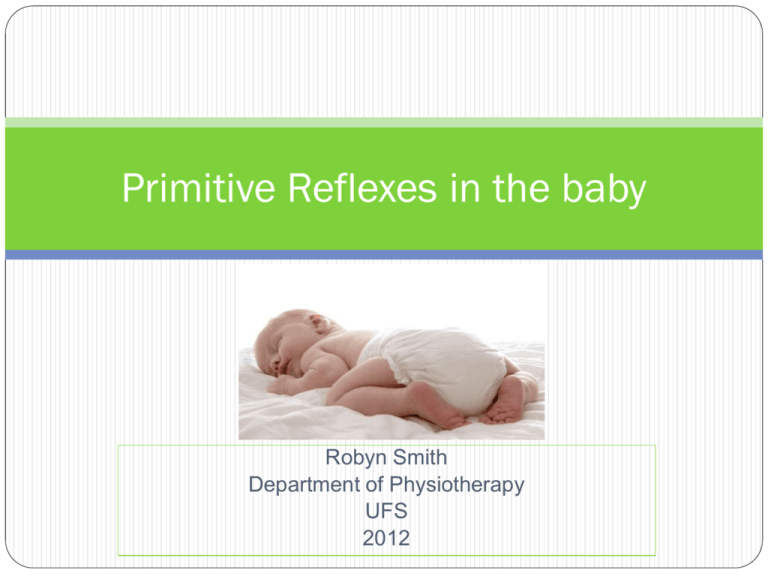
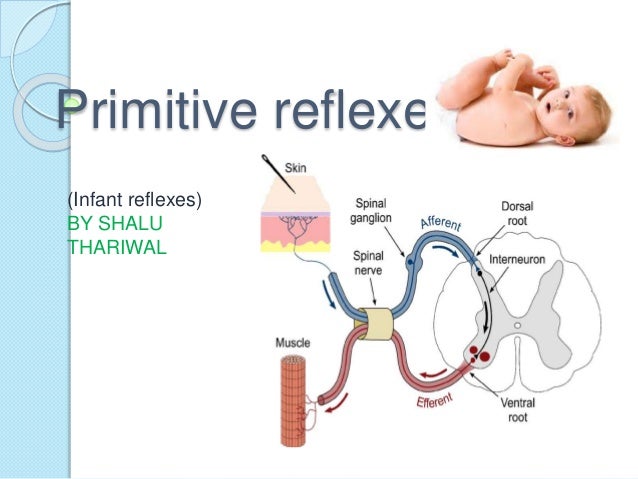







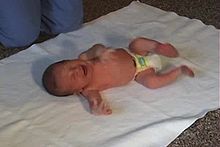











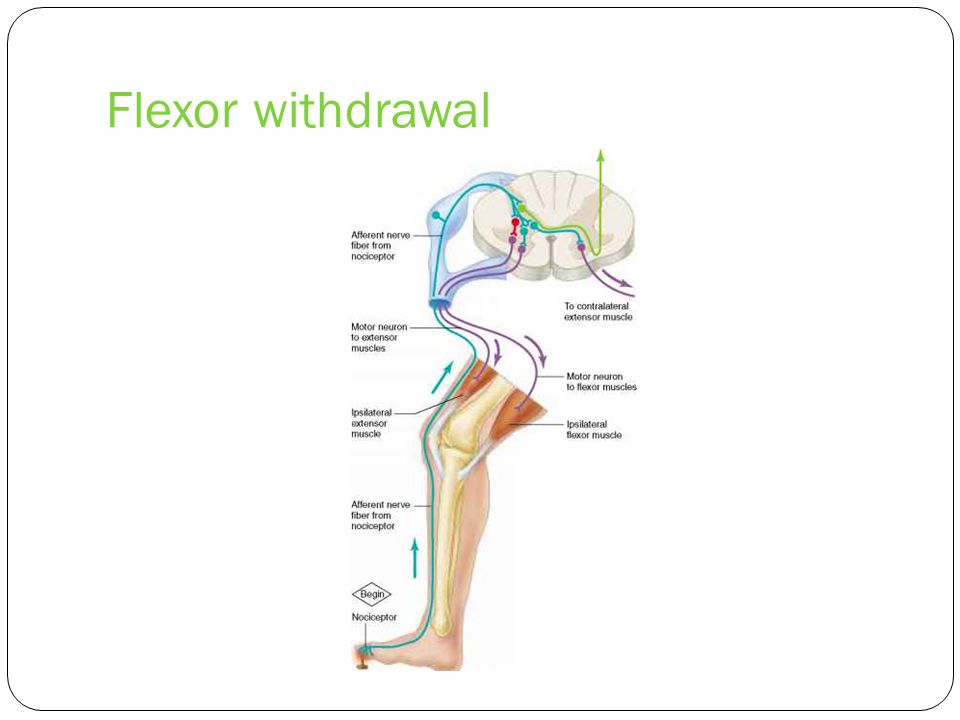
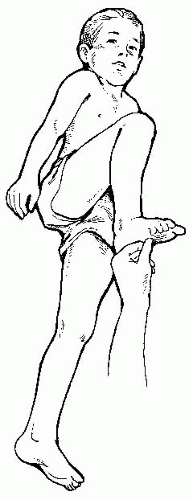
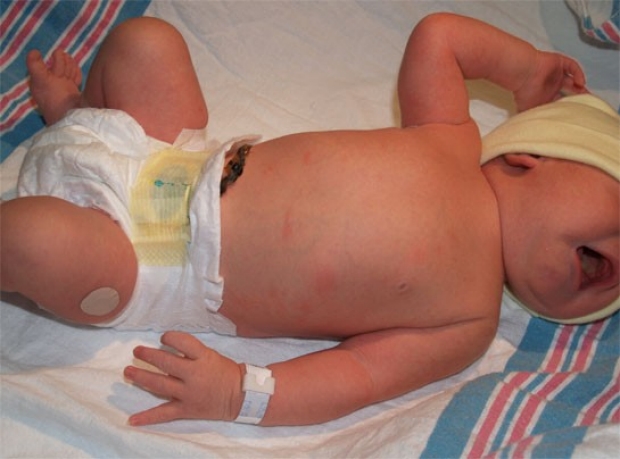

:watermark(/images/watermark_only.png,0,0,0):watermark(/images/logo_url.png,-10,-10,0):format(jpeg)/images/anatomy_term/flexion-of-knee/ldiYtHYtg1S9JtrHjGbC6g_Flexion_of_knee.png)



Post a Comment for "Flexor Withdrawal Reflex Baby"